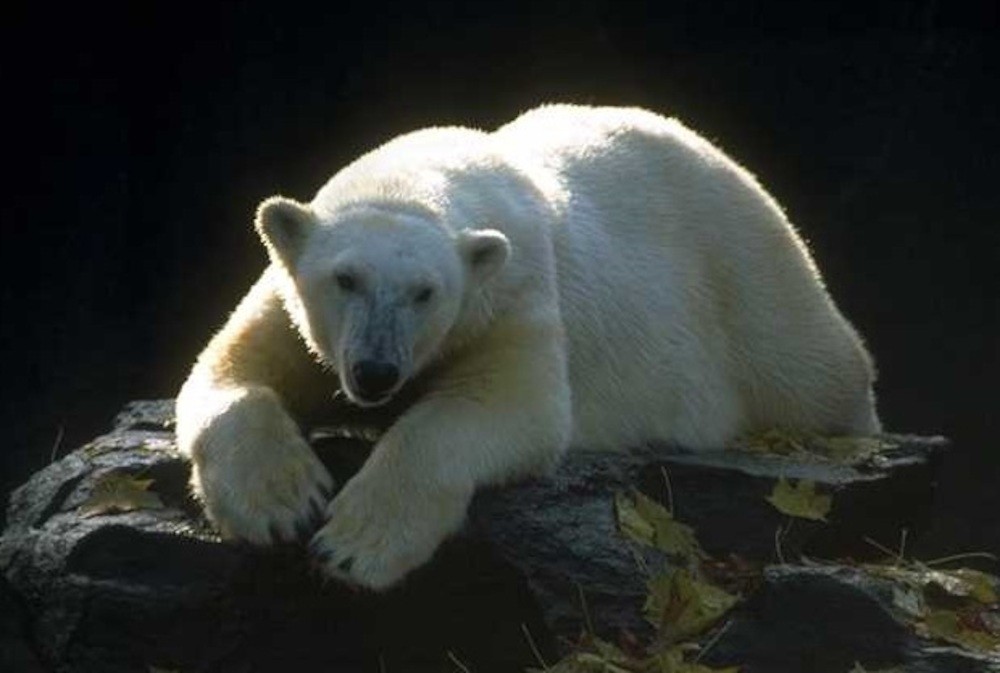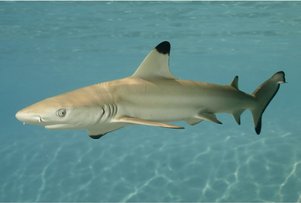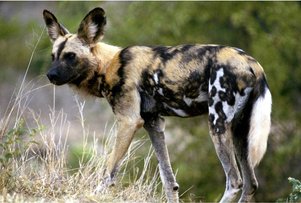The Scoop
Largest Land Predator
Polar bears are distributed throughout most of the ice-covered seas of the Northern Hemisphere. They are beautifully adapted for living in the snowy environment. Their fur looks white to merge with their surroundings, but each hair is actually a clear hollow tube that reflects the light. Their fur is oily and water repellent and they have wide front paws with slightly webbed toes that are made for swimming. Polar bears have been known to swim great distances at a stretch- and they can run very fast too.
Male polar bears may grow to be almost as tall as the ceiling in your house- around 10 feet. They can weigh over 1400 pounds which is about the weight of two motorbikes put together. A polar bear’s diet consists mainly of seals. It often rests silently at a seal’s breathing hole in the ice. When the seal surfaces, the waiting polar bear pounces on it. Polar bears also stalk their prey, and hunt by swimming beneath the ice.
Global warming and climate change, which lead to the loss of Arctic sea ice, are the leading threats to polar bears. Mining for coal and oil in the Arctic is increasing which means that the polar bear’s home territory is decreasing. Moreover, at each stage of the food chain, pollutants get more concentrated, poisoning the polar bear’s sources of food. You can help to save the polar bear by contributing to fundraising efforts for organizations that are dedicated to their protection.







